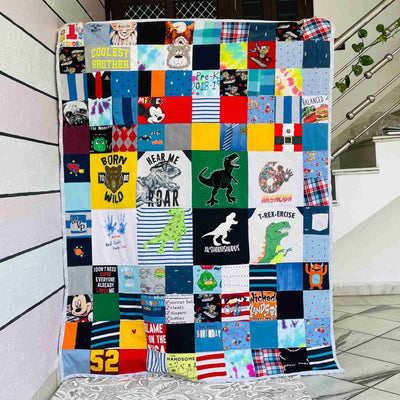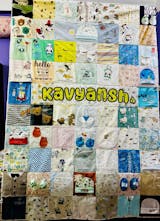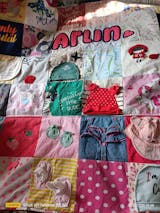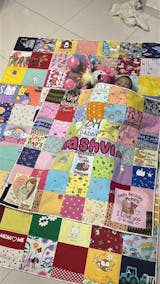Tips to Create a Space for Playtime Learning
A classroom is generally the first thing that springs to mind when thinking of learning environments. However, providing a learning place for Playtime Learning at home is just as crucial for a child's growth as going to school. Having a dedicated playtime learning room in your house is quite beneficial for many children and families adjusting to the new world of parenting. Explore these interesting tips to convert playtime space into a happy learning environment.
- Make a Commitment to a certain Learning Area
If feasible, the Playtime Learning environment should be at a location with few distractions and only be utilized for learning. Don't feel obligated to dedicate a space solely to your child's educational needs. Having a specific spot in a room or setting up a desk is just as beneficial. Choose a movable learning table and chair that you can move around if your child likes more flexibility. Make the most of the furnishings you currently have to create a welcoming environment.
- Ascertain that the area is Well-lit
When it comes to establishing a welcoming Playtime Learning environment, lighting is crucial. Natural light boosts our attitude and behavior while enhancing our performance levels in studies. In fact, research on sunshine in schools revealed that pupils exposed to more sunlight in the classroom had 26 percent better reading results and advanced 19 to 20 percent quicker than those who were not.
- Design the area based on Child's Learning Interests
While it's wonderful to decorate and customize your child's area, remember that your child's requirements should dictate how you set up the space. Do they prefer a structured routine or one that is more casual and flexible? Do they like background noise to aid concentration? Is there something about them that truly motivates you? Ask yourself a series of questions to figure out what you need to do to establish an at-home environment where kids can thrive.
- Make a Difference
We frequently believe that acquiring numbers or arithmetic abilities necessitates a commitment to quizzes and testing. That, however, will not work! Even if they know the answers, your child will see straight through that ruse and swiftly withdraw. Open up tasks that will naturally show you what they know while also allowing children to acquire new concepts rather than spending the time to assess their knowledge. The use of blocks is ideal for this, and the larger the blocks, the better! Playing with blocks is always entertaining and will inevitably lead to some math discussions.
- Enjoy the Mess
How frequently do you skip art or sensory activities when you're worried about making a mess? Yes, we desire a tidy house, but we don't have time to add another task to our already long to-do list. However, you must! If your child can get dirty and touch filthy, sticky, or slimy items, they are far more likely to eat well! Take note of your child's preferred textures. Is it a small one who prefers crunchy snacks or ones that are soft and simple to swallow? Choose the opposite texture for playtime from whatever they are used to.
Conclusion
The hack is to be able to adapt to your area. It may be a spacecraft on days and a toy home on others. Use anything you have around the house and change it up every few days. Place some soft toys in a closet or a concealed area and rotate them once a week. This will encourage your child to play with intention because there will be less in front of them, but it will also keep things interesting!








